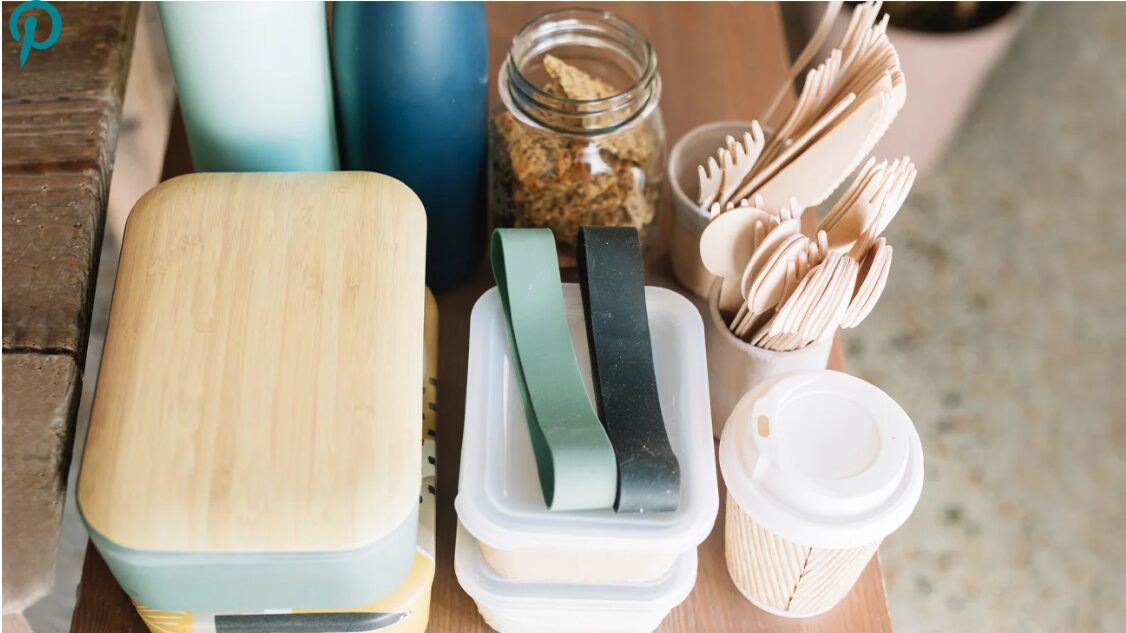Today, as plastic products occupy a large part of the global packaging market, the environmental and health problems caused by food packaging are becoming increasingly prominent. Traditional plastic packaging is not only difficult to degrade in nature, but also produces a large amount of microplastics, threatening marine ecology and human health. In the face of this challenge, eco-friendly food packaging has emerged as a key force in promoting sustainable development.
This article will systematically sort out the significance, main types, plastic products to be avoided, and practical suggestions for promoting the use of eco-friendly food packaging, to help consumers and companies move towards a green future together.
1. Why choose sustainable food packaging?
Plastic food packaging accounts for about 60% of the global plastic production. Most of the plastic waste generated each year is difficult to degrade and eventually accumulates in the ocean and landfills, causing ecological disasters[1]. In addition, chemicals in plastic packaging can migrate into food, causing endocrine disruption and potential health risks.
In contrast, eco-friendly packaging mostly uses biodegradable bioplastics and plant-based materials, such as wheat, bamboo, and wood. These materials not only reduce the release of harmful chemicals, but also decompose naturally, greatly reducing the environmental burden [4][5]. Although eco-friendly packaging still contains a small amount of chemical components, its harm to the human body and the environment is much lower than that of traditional plastics.
2. Five major eco-friendly food packaging materials
| Material categories | Features and advantages | Applicable scenarios and precautions |
|---|---|---|
| Glass containers | Reusable, easy to clean, durable and recyclable; lifespan far exceeds that of plastic. | Suitable for storing drinks and lunch boxes, BPA-free sealing lids are required. |
| Stainless steel | Food-grade material, corrosion-resistant, high-temperature resistant, safe and recyclable. | Suitable for portable lunch boxes and bulk food storage, often equipped with silicone sealing rings. |
| Bamboo products | Biodegradable, heat-resistant and lightweight, environmentally friendly and beautiful. | Suitable for tableware, lids and storage containers, but not as durable as glass and steel. |
| Rice husk material | Agricultural byproduct, low-cost and degradable, with pollutant absorption properties. | Used for sealing lunch boxes and shatterproof tableware, environmentally friendly and economical. |
| Gelatin film | Non-toxic, low-cost, antibacterial, helps to extend the shelf life of food. | Suitable for packaging perishable foods, containing antibacterial cellulose fillers. |
These materials not only meet environmental protection needs, but also take into account food safety and practicality, injecting new vitality into the packaging industry.
3. Types of plastic packaging to be avoided
| Plastic categories | Main issues |
|---|---|
| Disposable plastics | Such as straws, plastic bags, foam cups, difficult to recycle, causing marine pollution. |
| Plastics containing BPA | BPA will migrate to food, affecting reproductive health and metabolic function. |
| Take-out plastic containers | Generate a lot of garbage, difficult to degrade, pollute the environment. |
These plastic products not only increase the environmental burden, but also pose a threat to human health and need to be phased out.
4. Practical suggestions for reducing the use of plastic packaging
- Choose reusable metal or bamboo straws with special cleaning brushes.
- Use plastic-free or BPA-free water bottles and keep them hygienic with bottle brushes.
- Use household filters to reduce the demand for bottled water.
- Bring your own tableware when taking out and avoid disposable plastic tableware.
- Buy glass or stainless steel food containers instead of plastic.
- Give priority to biodegradable or plant-based packaging.
- Sorting and recycling plastic packaging to extend the life cycle of materials.
- Reusing plastic containers to reduce waste generation.
These measures are easy to implement and can significantly reduce plastic pollution.
5. Green practices of leading companies
- BioPak (Australia): produces pulp-based biodegradable tableware and takeout containers.
- The Robinette Company (USA): Focuses on food packaging made from recycled materials.
- PrimeWare (USA): Provides compostable disposable tableware and paper straws.
- PouchEco: Manufactures plant-based compostable packaging bags that replace plastic.
- Ecologic Brands: Launches environmentally friendly bottle products made from recycled cartons.
These companies promote the green transformation of the industry through innovative materials and circular economy concepts.
The environmental and health risks of plastic food packaging cannot be ignored, but the rise of eco-friendly packaging brings us hope. Choosing degradable and recyclable packaging materials is not only responsible for the earth, but also for your own health. In the future, with technological progress and policy support, green packaging will surely become the new normal in the food industry.
Let us start with every choice and jointly protect this gift from the land and the ocean.


